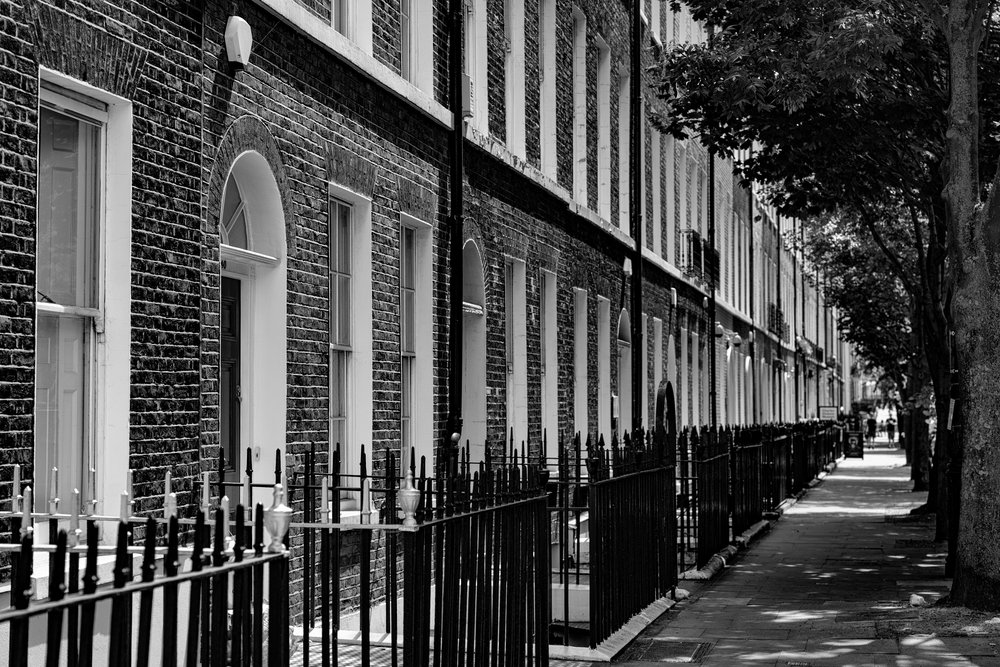
Last week, David Babsky, a Macfilos reader who is a well known and talented photographer, was kind enough to invite me to afternoon tea at a splendid cafe in Richmond, Surrey. David is a former technical editor of Practical Photography magazine (among his many other successful ventures) and we were able to chat on about our journalistic experiences — in my case as a reporter, feature writer and road tester on Motor Cycle magazine.
The mention of motorcycles promoted me to recount my party piece: The Story of the Racing Pigeon. It is a tale I have dined out on for years and I feared that, like the fisherman’s trout, it had grown rather larger over the years. Not so, it seems.
Below: Still going strong after 120 years — The Racing Pigeon and its sister publication, Racing Pigeon Pictorial
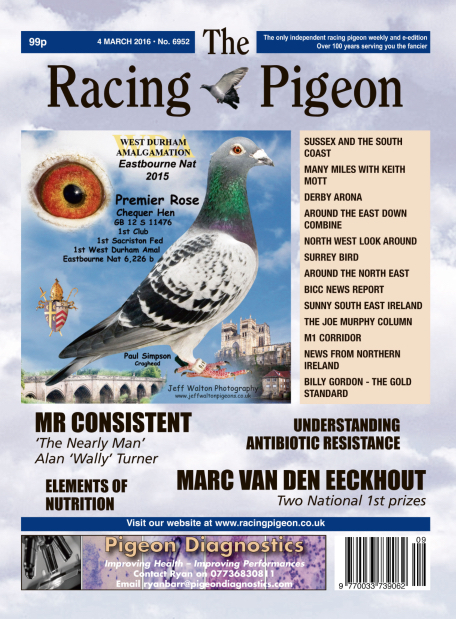
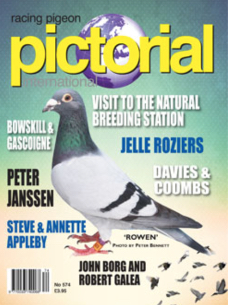
Cub reporter
We go all the way back to the early 1960s when I was a young cub reporter, dashing hither and thither on a glittering array of new motorcycles, mopeds and scooters. There was also a great deal of motorcycle sport involved. And, as a weekly magazine with a strong sporting bent, the Motor Cycle treated the Isle of Man TT races as a major event, involving meticulous planning. I lost count of the years I spent in the press box in Douglas, helping my venerable colleague Bob Currie, keep track of the lap times. No computers then of course.
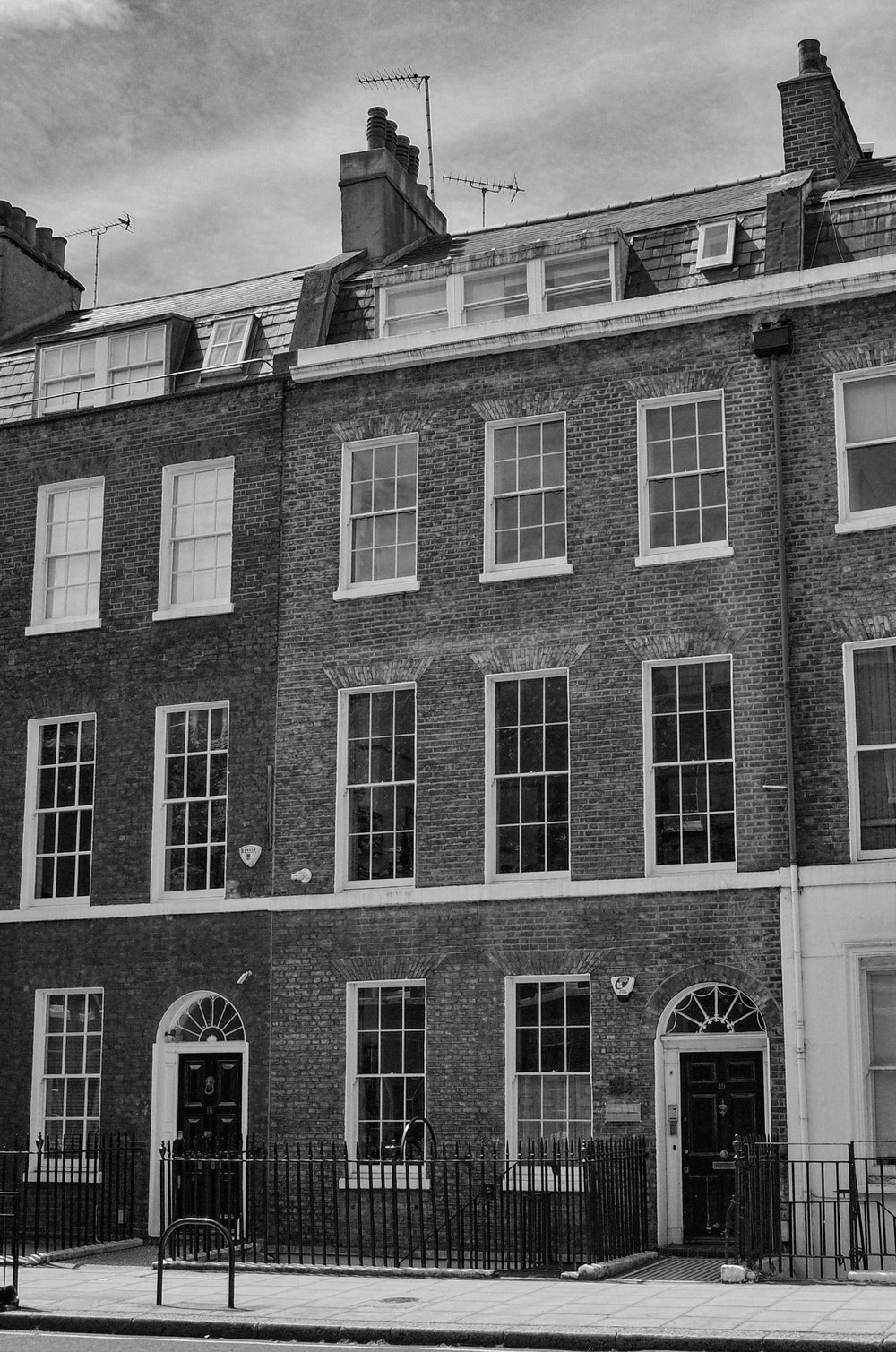
One June, I think it must have been 1963 or 1964, we were faced with a double whammy on the industrial relations front. Both the main means of getting to the Isle of Man — the airline and the Isle of Man Steam Packet Company — were going to be on strike on the crucial day of the main Senior TT race. How were we going to get our precious negatives back to London?
Ever one for a spot of lateral thinking, I came up with what I thought was the spiffing concept of using pigeons. But how? Fortunately, I had my journalistic connections and soon found a magazine called The Racing Pigeon. I just knew there had to be a publication for any given interest. A quick call to the editor and he was delighted to help.
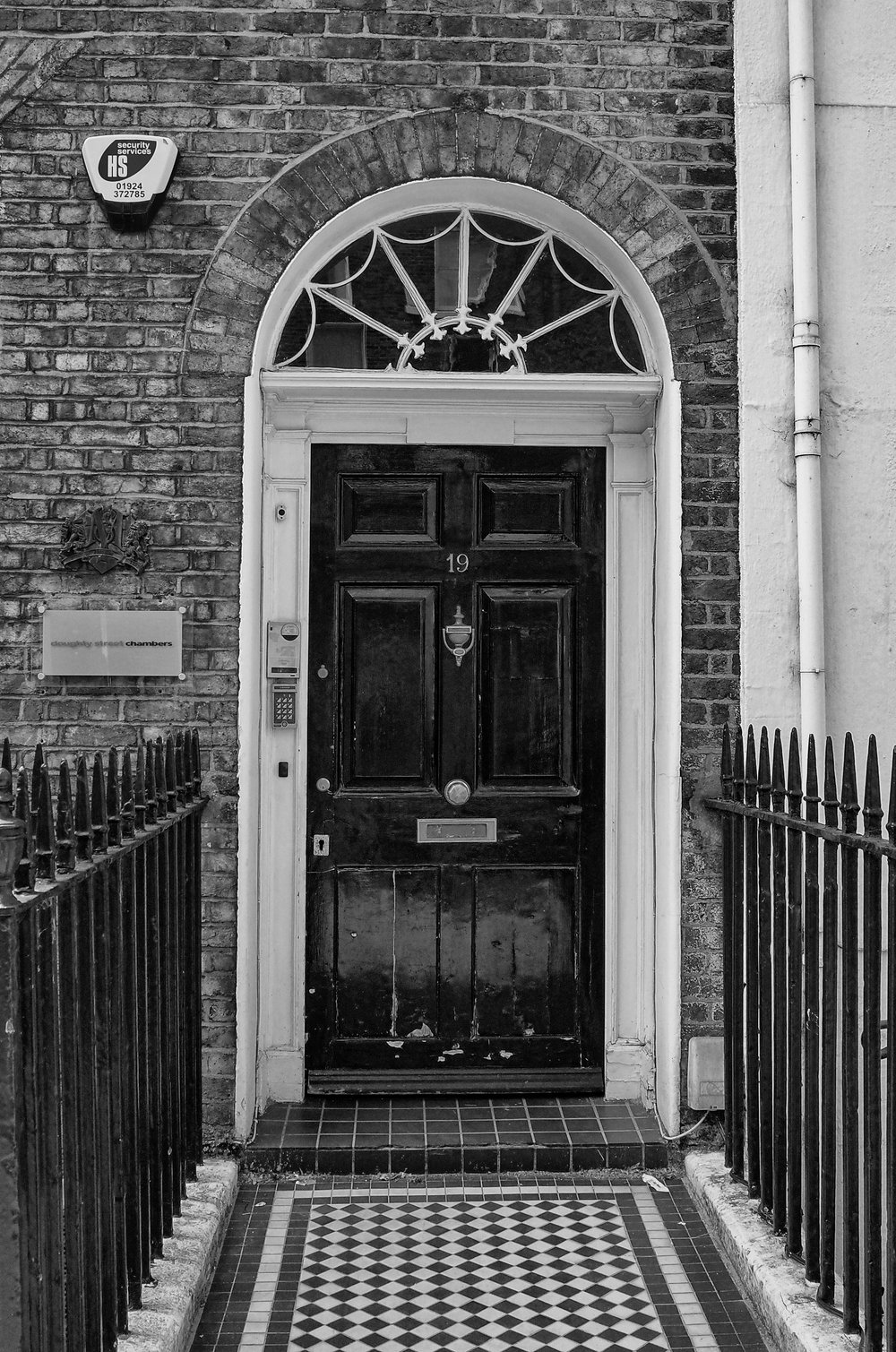
At The Coo Press
Later that day I rode my 350cc AJS single over to Doughty Street, once home to Charles Dickens, as I discovered, the residence of some superior birds. By the door of No.19, one of the terraced houses that line this late 18th-century street, I found a discreet brass plaque: “The Racing Pigeon – The Coo Press Limited” it proclaimed.
The magazine’s offices were on the top floor, under the loft (where else) so I climbed up and found the editor behind an enormous partners’ desk. He was dressed in a waistcoat, complete with gold watch chain, and on his head was perched a flat cap. Cooing came from the loft as I sat down.
The proposition was to send some of the magazine’s finest racing pigeons to the Isle of Man before the strike started and then strap the 35mm negatives to their little legs after the finish of the Senior TT. The whole thing went smoothly, with the help of a couple of local pigeon fanciers, and the valiant birds were back at Coo Press premises in time for me to whisk the negs to the printers on the Sunday night before Thursday publication. Apart from the fact that we had pictures well before our opposition, Motor Cycling, was only part of the story. The whole episode was good PR for our publication. Indeed, it set me thinking of getting into the world of public relations.
Photographic connection
Since then I’ve been telling this story at every opportunity but, apart from a smile or two, there has been no real empathy. David Babsky was the first person in all those years to cap my story. He actually knew of The Racing Pigeon and had his own embellishment that I was certainly not aware of. And that this is a photographic enhancement is just icing on the cake. I can now extend the size of my trout for future renditions.
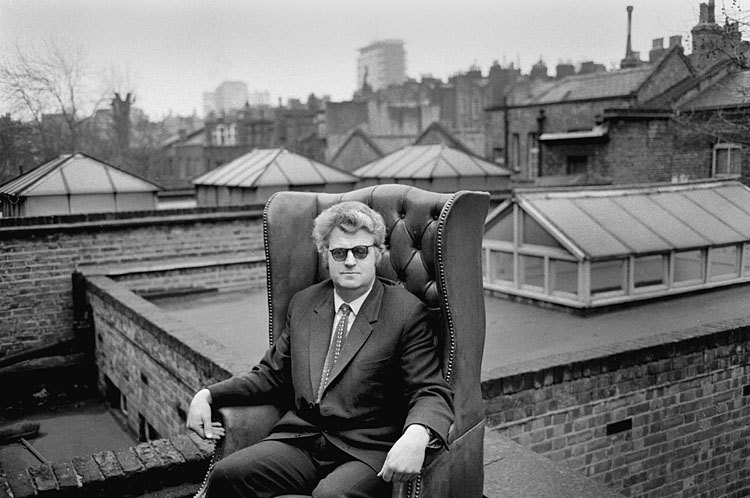
Colin Osman, the founder and editor of Creative Camera magazine in the 1960s, had started his illustrious career at The Coo Press, no less. It transpired that The Racing Pigeon had been founded by his grandfather, Lt.Col.A.H.Osman, who had a successful war in 1914-18 as head of pigeon communications in France.
Colin got the job (presumably as a teenager or in his early 20s) by dint of a bit of nepotism but, no doubt, his talent was even then shining through. He became the official photographer of pigeons fast and slow but, significantly, he went on to much greater things in the photographic world. The obituary of Colin Osman was published here in The Golden Fleece shortly after his death in 2002 at the age of 75. It is a reproduction of The Guardian’s article by Amanda Hopkinson on April 16 of that year. Fascinatingly for me, the article contains this photograph of Colin perched on the roof of The Racing Pigeon offices, no doubt next to the bird lofts, in Doughty Street.
Sauce for the old trout
This was all very satisfactory for me. It showed that my favourite story turned out to be absolutely true; I had not been exaggerating the size of the fish. And this extra information only serves to add a bit of sauce to the old trout.
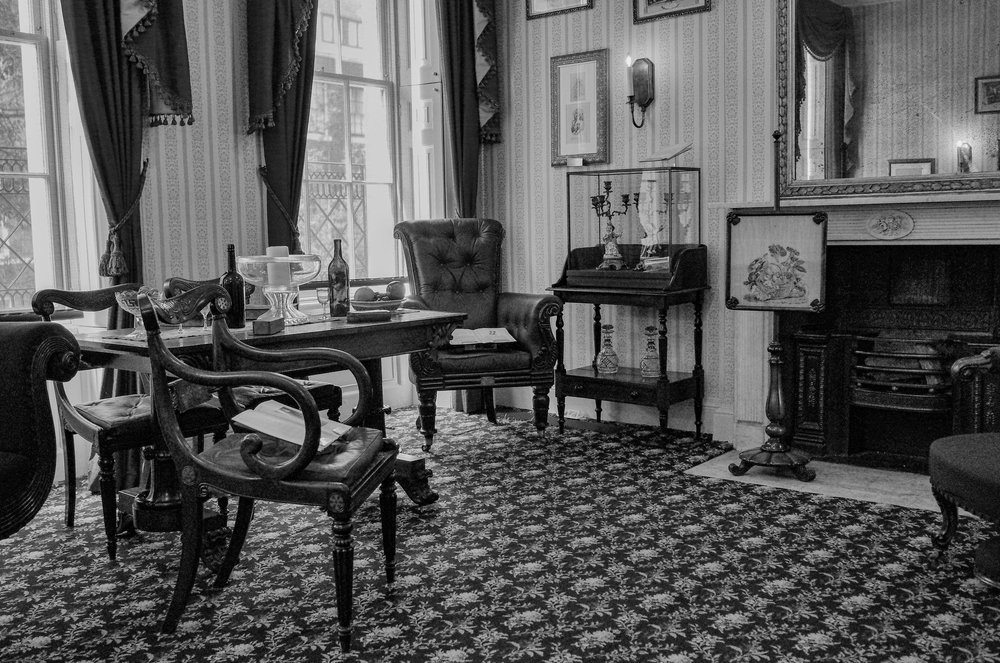
On Saturday I decided to revisit Doughty Street in order to grab a few photographs for this article. The front door of No.19 was considerably less imposing than I had retained in my mind’s eye. Indeed, I recollected an altogether more imposing frontage with steps up to the door. The reality was less impressive, particularly with the black paint peeling off the once-pristine door. But I was able to glimpse the former windows of the top floor where the editor of The Racing Pigeon had sat behind his desk. I can still hear those fast pigeons cooing. At the time, though, I didn’t realise they were some of the finest birds of their ilk, descendants of the original Osman strain.
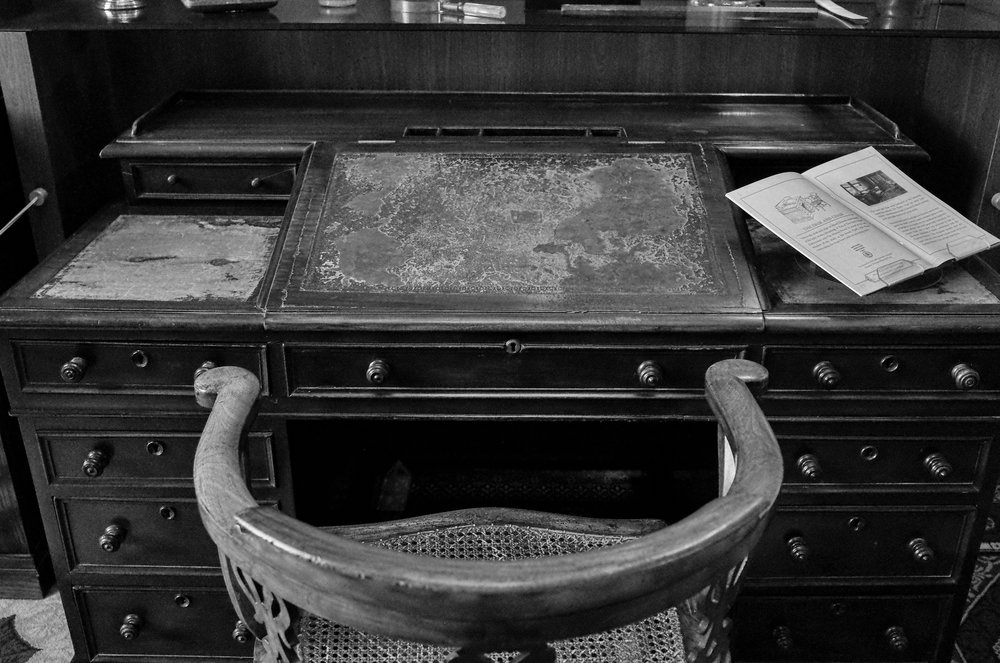
Across the road from No.19 is a much more famous house, the former home of Charles Dickens who is one of my favourite authors. I can go back to Dickens time and time again and still delight in his eye for detail, his use of dialect and his sheer inventiveness which is exemplified by the wonderful character names he conjured up, seemingly so effortlessly. Since the visit to No.19 had been mildly disappointing, I made up for it by touring Dickens’ house at No.48, now a fascinating museum which now extends to the neighbouring property.
___________
- Subscribe to Macfilos for free updates on articles as they are published
- Want to comment on this article but having problems?

Pigeons are much more interesting than WiFi. This story certainly improves with age.
I wonder was Mr Osman a relation of John Osman who founded the Gallery of Photography in Dublin about 40 years ago. I will make enquiries.
The desk of Dickens is fascinating. I suspect that Dickens found a lot of his characters through observation on the streets of London and then came back to his desk to create marvellous characters from what he had observed. I saw the boathouse where Dylan Thomas wrote some his major works, but I just had to walk the streets of Laugharne to find some of his characters from ‘Under Milk Wood’ still alive today.
I wonder do the Doughty Street Chambers contain any of our ‘learned friends’ behind the door with the peeling paint? Dickens certain saw through the pomposity of the legal profession in his day. He had studied law as an attorney’s apprentice, but soon grew bored with it, thank God.
William
"..a Macfilos reader.." Yup.
"..well known.." I don’t think so.
"..talented photographer.." ..That’s really over-embellishing your story, Michael!
David, not a bit of it. I like a pudding with lots of eggs. And your technical knowledge is so much better than mine — something which I didn’t mention.
Dear Mike,
Then with more than a smile, let me be the first to express some empathy for your pigeon story! Maybe because this is the first time of hearing. But the black and white pics are great, and the one from the Sony really outstanding – crisp and contrasty. One day I will post my story of having been brought up (in drawing) so to speak by the curator of the Soane Museum who "minded" me as a youngster when my father, who was an officer of the Public Trustee Office across Lincoln’s Inn Fields, dropped me off when I was out of school. I went back a couple of weeks ago, and found his office taken over by LSE.
Thanks Tony. Yes, you should tell that story. And thanks for the smile!
A fascinating story! The black and white images are a great match to the story and enhance the historic dimension. The image of inside of Dickens’ home is beautiful.
Thanks, Brian. I didn’t mention it in the article, but all the pictures except one were taken with the little Ricoh GR because I needed the wide-angle. As usual, it performed flawlessly. The top picture, of the terrace of houses, was taken with the Sony A7III and the 65mm Voigtländer Apo-Lanthar.
A cracking story, and before digital transfers and mobile phones made image movement nigh on instanteneous, an ingenious method of getting the films back quicker than the competition.
I must say though – that chair that Colin Osman is sitting in looks remarkably like those used in the Matrix films – I always wondered where they had come from, and now I know.
Cheers Mike,
Dave
Definitely a strange shot, that one. They must have manhandled that wing chair up through the loft and I suspect it was taken for some special occasion, perhaps an article in Colin’s camera magazine. Yes, before the days of the internet and, even, fax machines, communications were leisurely. There were facsimile-like wire machines for newspaper photograph transmissions but for some reason, we couldn’t use this from the Isle of Man. And, I suspect, the quality would not have been good enough.